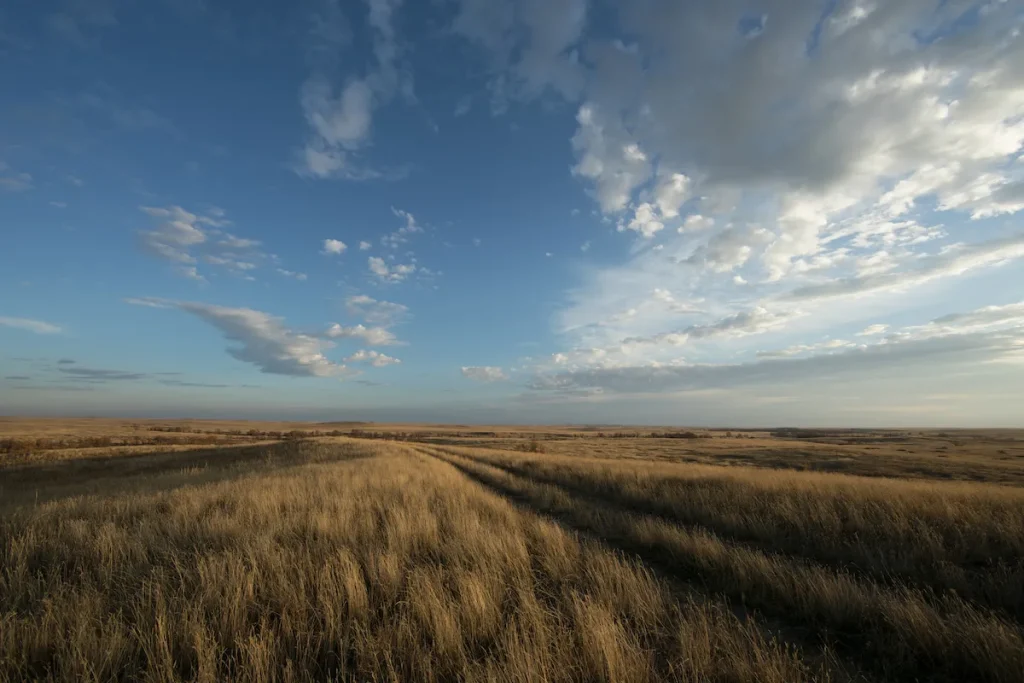PIERRE, S.D. – Six projects in South Dakota will receive a combined $83 million in grants from the federal government for grassland conservation and climate-smart agricultural practices, according to a recent announcement by the U.S. Department of Agriculture.
The biggest award in South Dakota is $24 million to Pheasants Forever and Quail Forever. Their project will fight the encroachment of eastern redcedar on grasslands by using prescribed fire to target the trees and by planting prairie grasses. The effort includes prescribed fire on 50,000 acres and other efforts to help landowners fight eastern redcedar encroachment on another 75,000 acres.
The area of focus includes lands along the Missouri, James and White River watersheds. Partners include the U.S. Fish and Wildlife Service; South Dakota Game, Fish and Parks; and the Natural Resources Conservation Service.
“Through the implementation of conservation practices such as prescribed fire, brush management, and prescribed grazing, we will restore grasslands for the benefit of wildlife habitat and livestock forage here in ‘The Pheasant Capital,’” said Matt Gottlob, South Dakota state coordinator of Pheasants Forever, in a news release.
The grants for South Dakota are from a $1.5 billion national initiative, the Regional Conservation Partnership Program. The funding comes from the 2018 farm bill and the 2022 Inflation Reduction Act.
The South Dakota projects focus on preserving grasslands, enhancing wildlife habitats, and supporting tribal-led initiatives to restore ecosystems and strengthen local economies.
Grassland conservation is seen as a “climate-smart” investment because grasslands pull heat-trapping carbon dioxide from the atmosphere and store it in their deep root systems. Prairie grasslands reduce erosion and improve water retention, making the land more resilient to climate impacts like droughts and flooding.
The Nature Conservancy received about $20 million to help fund conservation easements on 20,000 acres of grasslands in western South Dakota. The legal agreements restrict land development to protect the land’s natural value. The easements allow the landowner to retain ownership and use the property within agreed-upon limitations.
The South Dakota Second Century Habitat Fund received $11 million to support its Second Century Working Lands & Woody Habitat Program. The project will restore marginal croplands to grasslands that can be used for haying and grazing across the state.
Several projects involve Native American tribes. The Sisseton Wahpeton Oyate will receive $1.2 million to develop an index for assessing the environmental impacts of crop production on their land. The ultimate aim is to increase sustainable agricultural production on the reservation.
The Buffalo National Grasslands Alliance has been awarded $5 million for grassland restoration. Working with 16 Native nation partners, including several in South Dakota, the alliance will identify marginal croplands suitable for restoration and support Indigenous producers in managing the lands sustainably.
The InterTribal Buffalo Council, based in Rapid City, S.D., and serving tribes in South Dakota and elsewhere, received $21 million to restore native grassland ecosystems through sustainable pasture-raised buffalo management.



